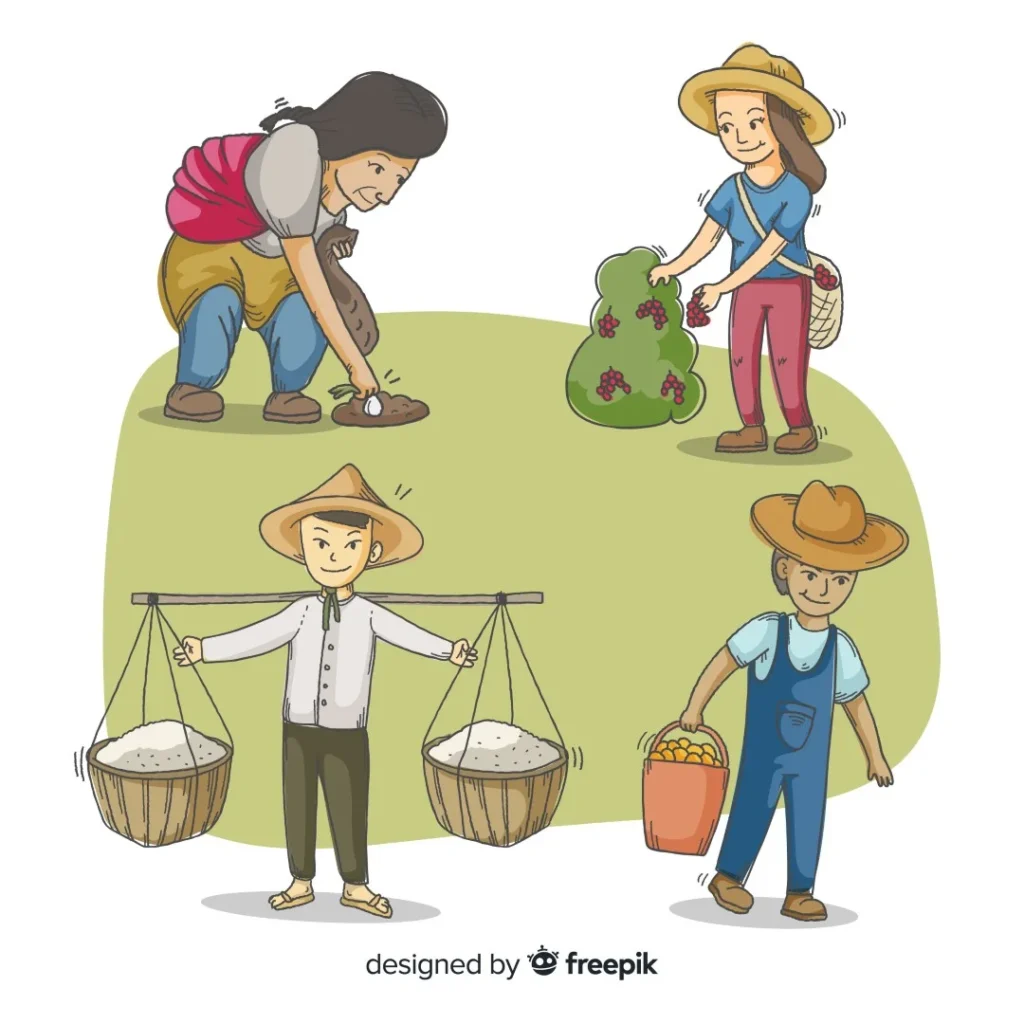
In recent years, the financial hardships faced by Indian farmers have brought critical focus to the government’s responsibility to support them. From rising costs to supply chain challenges, farmers are grappling with immense financial and operational strain. Food inflation is also at an all-time high, directly impacting the economy and consumer prices. In this context, finding solutions to alleviate farmers’ challenges becomes crucial for both the agricultural sector and the larger economy. Here are some practical recommendations that could offer tangible relief to farmers and ensure food stability across the nation.
1. Reduce Fuel Prices to Lower Transportation Costs
A significant component of farming expenses includes transportation costs, especially in a vast country like India. Diesel and petrol are essential to move crops from fields to markets. While international crude oil prices have dropped recently, domestic fuel prices remain high. By reducing fuel prices, the government could effectively lower transportation costs for farmers. This step would not only ease farmers’ financial burdens but also help in stabilizing food prices, benefiting consumers.
The Oil Marketing Companies (OMCs) have reportedly recovered much of their losses incurred during the pandemic, which opens a window to reduce fuel prices without harming company interests. Cutting fuel costs could ripple down the supply chain, making agricultural goods more affordable across the board.
2. Eliminate Middlemen to Prevent Price Manipulation
One of the ongoing issues in Indian agriculture is the role of middlemen who hoard essential goods and inflate prices, often leaving farmers with a minimal share of the profits. These intermediaries engage in practices like holding stock back to artificially inflate prices, creating a “black market” effect. If the government implemented policies to restrict or eliminate these intermediaries, farmers could connect directly with consumers or local markets. Initiatives like digital marketplaces or government-supported farmer co-operatives can foster direct transactions, benefiting farmers and reducing consumer costs.
Additionally, empowering farmers with digital resources could enable them to gain better access to market information, making them less dependent on middlemen. By promoting direct-to-consumer sales, farmers can retain a fair share of the profit and reduce the risk of exploitation.
3. Implement Ground Level Price Monitoring
Price monitoring is essential in keeping agricultural products affordable and preventing unwarranted markups. Often, the price of goods increases disproportionately as they move from production to retail. Ground-level monitoring, conducted by government agencies, can help ensure that every part of the supply chain follows fair pricing practices.
Such monitoring could involve setting up local teams to track production costs, transportation fees, and market pricing in real-time. This system would prevent any unfair cost increases, making prices more predictable and reducing the risk of unexpected inflation for both farmers and consumers.
4. Establish a Ministry of Inflation
Currently, multiple ministries oversee various aspects of agricultural pricing, consumer affairs, and industry standards. This fragmented approach can lead to a lack of cohesion and delayed decision-making. By creating a dedicated Ministry of Inflation, the government could streamline these efforts, making price control more efficient and coherent.
A Ministry of Inflation could focus on coordinating policies across agriculture, industry, and consumer sectors. It would enable faster responses to inflationary pressures and create a holistic approach to tackling food price issues. The ministry could also implement inflation-targeting policies that support farmers without increasing consumer prices.
5. Temporarily Cut Import Duties on Essential Food Commodities
With rising inflation in essential food items like potatoes, onions, and tomatoes, reducing import duties on these items could help alleviate domestic shortages and bring down prices. Lowering import duties temporarily, until domestic supplies stabilize, could provide consumers with relief and prevent inflationary pressures from rising further. While not a direct benefit to farmers, it could stabilize the market, helping them plan and set more predictable pricing for their produce.
Conclusion
Addressing the economic challenges faced by farmers is a shared responsibility, with the government playing a vital role in providing structural and policy support. By focusing on practical solutions like reducing fuel costs, eliminating middlemen, implementing ground-level monitoring, and possibly establishing a dedicated Ministry of Inflation, the government can ease the burden on farmers and ensure fair prices for consumers.
Each of these recommendations offers a targeted approach to address specific agricultural issues, but when combined, they provide a comprehensive strategy that can boost the agricultural sector and contribute to a stable, fair, and affordable food supply.
